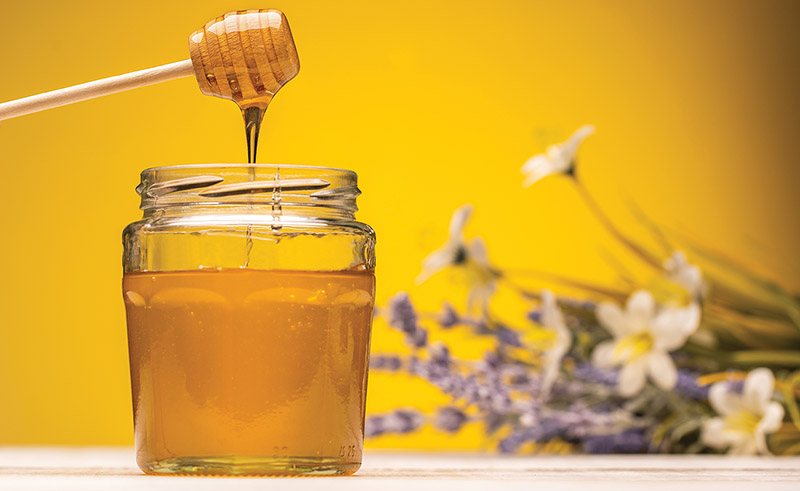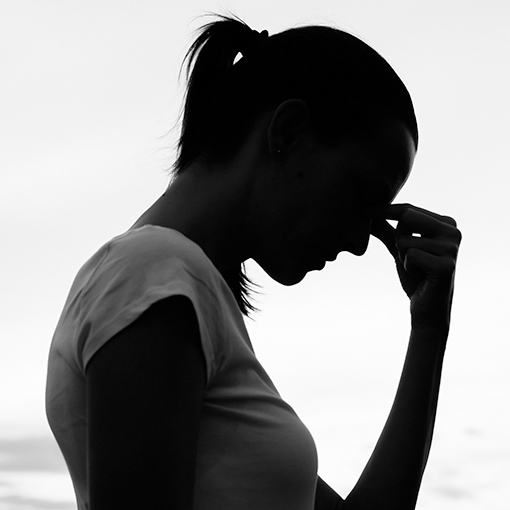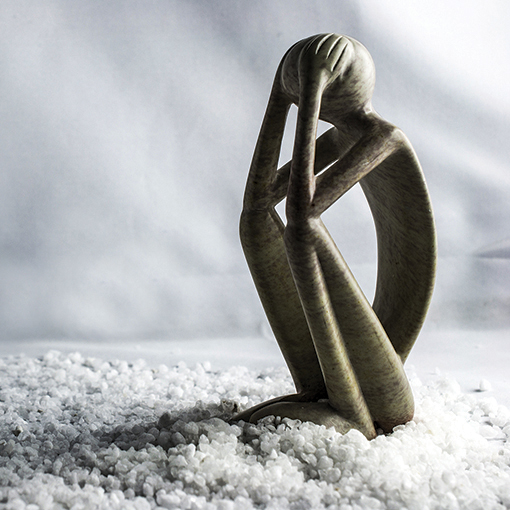Proactive Women’s Health
As women, we are usually the caretakers of our families. Husbands, children, elderly parents, and sometimes other family members depend upon us to help them with their daily needs. Employers expect us to fulfill our job requirements. The demands that are made upon us often leave us with little time to take care of our own needs. We become emotionally stressed and physically exhausted, and our health suffers as a result.
Taking Care Of Our Health Must Be a Priority
We must become proactive in taking care of ourselves, and our own emotional and physical health must become a priority. As women, we must educate ourselves about what we must do to retain our own optimal well-being. Our attitudes and actions can determine whether we struggle through life or enjoy a vital, healthy and rewarding existence.
Having a regular healthcare provider in whom you have confidence is an important first step, but educating yourself on health issues that may affect you can alert you to early warning signs that may need addressed before your yearly checkup is due, or you have an emotional breakdown. Research women’s health issues online, or through non-profit and government agencies.
Find a Reliable, Knowledgeable Health Care Provider
Bring research material with you when you visit your physician, and be prepared to ask questions. And ask lots of questions! You may want to know about the prescriptions your doctor gives: Is there a suitable generic? What side effects may you expect? Is there an alternative treatment that does not involve medication? You may want to ask about follow-up treatments, the length of recovery time that may be expected, or other issues concerning your health. A quality physician will take time to explain the results of tests, procedures and treatment options thoroughly, and answer any questions that you may have.
Being proactive in your health care involves more than just having a yearly physical check-up, and making healthy diet and lifestyle choices. We must take responsibility for our own emotional health. Having a positive mental attitude and managing stress in a healthy way has powerful anti-aging effects on our bodies.
Deal With Stress Realistically
Stress is a part of life that we can’t avoid but we can either allow it to manifest itself with physical and emotional symptoms, or we can take control of the situation when people, events, and situations make excessive demands upon us. Setting realistic goals and determining whether there is anything we can do to change the situation can keep stress from taking over our lives. Don’t sweat the small stuff, just let it slide! Prioritize responsibilities instead of becoming overwhelmed with too much to do, and don’t be afraid to say no when you already have a full schedule.
Take a few minutes every day to de-stress! Physical exercise is known to relieve stress. A simple walk in the park will do, you don’t need to run a marathon! Take a long, hot soak in the tub with your favorite bath oil after the kids are in bed. Whatever it is that relaxes you, set aside a time each day when you can indulge in your favorite tension-relieving pastime.
Take Care of Your Inner Being
Our soul, our inner essence, is unique to each of us and requires nurturing to remain healthy. It is our self-awareness, and defines the values by which we think, feel, and live. Spiritual health can be found by tapping into a source of energy that brings us love, hope, optimism and empowerment. Whatever our religious beliefs are, spirituality and physical health are linked. A healthy spirit can reduce depression and self-destructive behaviors (smoking, drug and alcohol dependence, for example), boost the immune system, and create a more satisfying life.
By having a proactive attitude about our physical, mental, and spiritual health we can create healthier and more fulfilling lives for ourselves and may also inspire our family, especially our daughters, to adopt this attitude for themselves.




